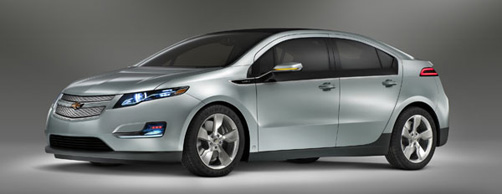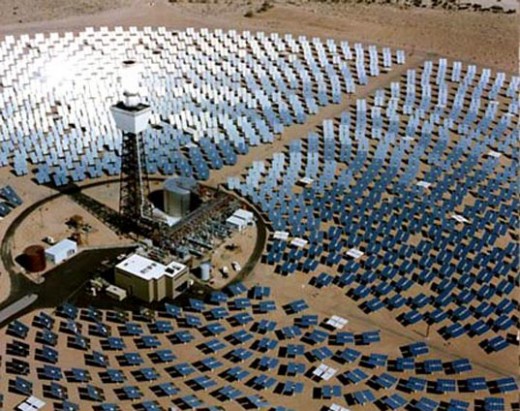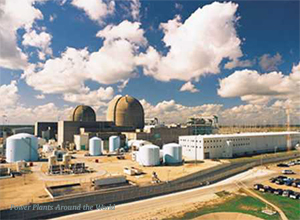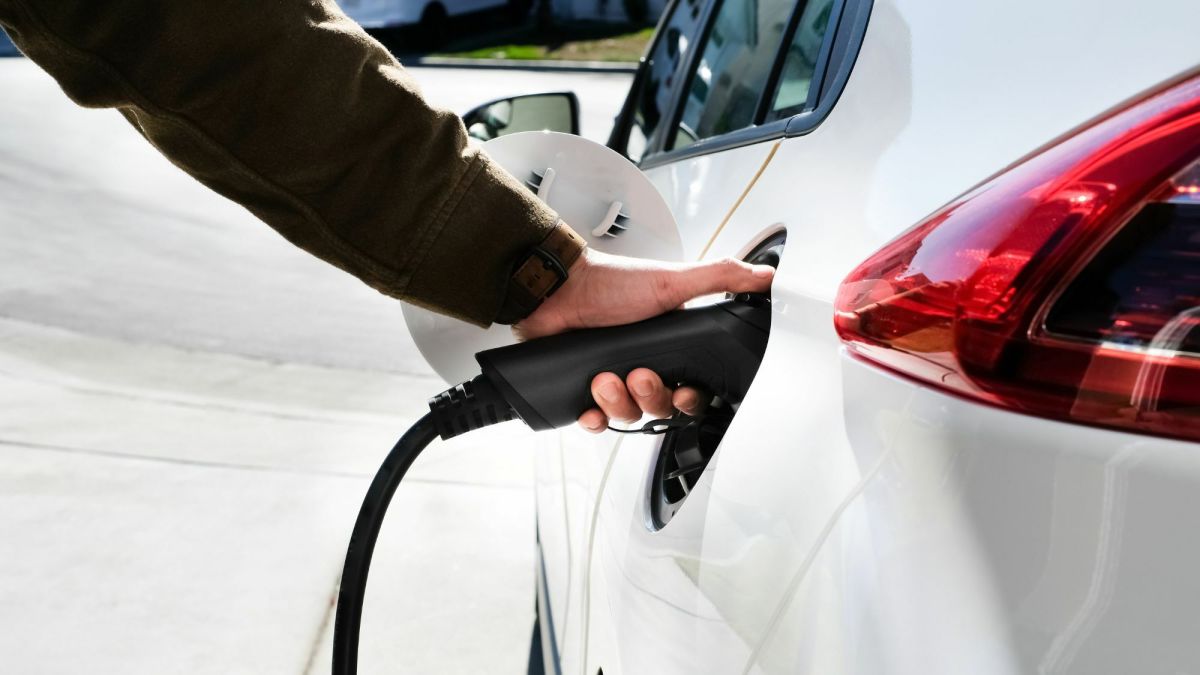Ending America's Energy Dependence on Foreign Oil

America has developed a dependency on foreign energy sources; mainly middle eastern oil. We have had this energy dependency since the gas lines of the 1970’s. For some reason the politicians in America
refuse to address these dependency problems relating to America's energy consumption. It is not
guaranteed that politicians can solve America's energy dependency, but I will guarantee you that they
have not even attempted to do what is in their power. That
is the creation of nuclear plants and granting access to oil companies within America's borders for oil exploration. Currently America's energy dependency creates a situation where we are being extorted by middle eastern countries that fund terrorism. America's dependency on foreign oil has to end. We are only one middle eastern crisis away from seeing $5 a gallon gasoline once again.
A lot of people oppose increasing oil exportation and creating more nuclear power plants. They think that it is the wrong direction for ending America's dependency on foreign oil. They are worried about the environment, and they want alternative energy solutions. Those people are not alone; everyone cares about the environment. Nobody wants to breath in polluted air, drink dirty water, and see waste pollution everywhere that we look. Americans can be reasonable and responsible environmentally while we attempt to end our dependency on foreign oil. America can take a big step toward ending our dependency by creating energy plants that will maximize our energy output for every dollar that we investment. That is what this article is about. It is going to list where we are with current technology; how energy producing technologies compare to one another, and how far these technologies are from implementation. Due to the length that would be needed to cover all “green Technologies”, this article will only give limited input on the power producing industries like wind. It will be the first part of a series that focuses on the automotive alternatives that look to eliminate America's dependency on hydrocarbon based fuels (oil).
Electric Vehicles
Electric Vehicles are powered by an electric motor. They have no dependency on combustion to create propulsion, therefore they account for zero direct emissions. They can be powered completely on American created energy sources. If electric vehicles replaced our current internal combustion engine for passenger vehicles, then America would become completely energy dependant.
The drawbacks
There are several drawbacks to electric vehicles, which is why there are not many people that currently own them. The main drawback is the charge time. Some claim that they can get 300 miles on a charge and recharge the batteries to 80% in 30 minutes. The Chevy Volt is an example of this, but there is a catch. Chevrolet tells us that a full recharge takes up to 8 hours on 110V power, and about 3 hours using 220V. That would be needed after every 40 miles if the volt was a pure electric vehicle.

Luckily for us it comes with a hybrid 1.4L flex fuel engine that will supply power through a generator to the batteries which will power the electric motor. This will provide the Volt with a total range of 300 miles without a recharge. This still does not take us off gasoline since flex fuel is a fancy way of saying gasoline or Ethanol. The cost is still unknown, but the ballpark is around $40,000. Battery life seems to be a mystery, but a 400lbs. 6ft. long lithium-ion battery can not be cheap to replace. Performance is another question. Rumor has it that the volt weighs in at 4000lbs, yet GM insists that it will do 0-60MPH in 8.5-9seconds. The Volt is not yet in production, the GM website currently has it listed as a 2011 vehicle.
100% Electric Vehicles do not produce any direct pollution, but the energy used to create the electricity does. Currently the systems that would deliver that extra energy would be coal burning plants, natural gas burning power plants, and nuclear power plants. If the United States were to go 100% electric, then we would have to produce a lot more power. Currently our energy grid is already stressed. The transmission system needs to be upgraded for our current electricity consumption. If we were to go electric, then we will need to create many more power plants and major upgrade to the transmission grid. What method do we need to use to gain the electric power that will replace our current hydrocarbon based transportation system?

Why not Solar
Solar power as a source of energy is so inefficient at this point that it is not a feasible alternative to proven energy producing methods. Even where solar power is producing at its maximum capability like the plant in the Mojave Desert, it still can not match the output of a nuclear plant. The cost to build a state of the art solar plants such as the 553MW Mojave Solar Park is $2 billion. The Mojave solar park uses 9 square miles and consists of 1.2 million mirrors. Those mirrors must be maintained for maximum power generation. Any sand on the surface will reduce energy output. Keep in mind that the Mohave Solar Park is in the desert. A major issue with solar power is that there are not very many deserts in the United States. The reason why solar plants are located in deserts is because the solar panels are highly dependent on temperature. In order to produce the most energy solar panels need high ambient temperature, high solar panel temperature, and maximum sunlight on the panels. There is some talk about salts that will allow for solar to create more energy on cloudy days and even at night, but the use of salts have not been used on any large scale projects as of 2009. The cost estimates for applying these salt technologies is in the neighborhood of 10 cents per kilowatt hour.

Nuclear Power
The newest nuclear projects cost quite a bit more, but they
produce much more energy. The south
Texas Project will cost $10 billion or more for its two 1358 Megawatt
reactors. The price for Kilowatt hour is
estimated between 3-5 cents. When
compared to the salted solar plants we can see the savings. The 2716 total megawatt production of the South Texas Project is 5 times
more than the production of the Mojave Solar Park. Nuclear plants are not dependent on a natural
rarity like a desert for maximum effectiveness. That means that Nuclear energy can be produced in all parts of the country as long as America can provide them with access to water.
Nuclear Waste
The nuclear waste for any future plants is supposed to be
taken care of with the Yucca Mountain, Nevada storage facility that energy customers
have been paying for since 1982. For
some political reason the plans have been delayed, and its funding has been
reduced by the Obama administration.
This is an issue that needs to be worked out. Proper storage of nuclear waste is an essential component to ending America's dependency on foreign oil.
How do we get there?
If Lithium Ion technology or some other form of battery develops, then electric vehicles could end America's dependency on foreign energy sources like middle eastern oil. Hybrid vehicles like the Chevy Volt and Toyota Prius are a step in the right direction. They will not end America's dependency on middle eastern oil, because they still require a gasoline powered engine. Without the gasoline engine electric vehicles can not even fulfill the everyday driving needs of most American's. Once electric powered vehicle technology reaches a level past this hybrid stage, then America will need major government investment in our energy infrastructure. The current focus on “green” technology will not meet America's energy needs. We need nuclear power plants that create high energy output if we are going to end America's dependency on foreign oil, power our electric vehicles, and live without blackouts.








